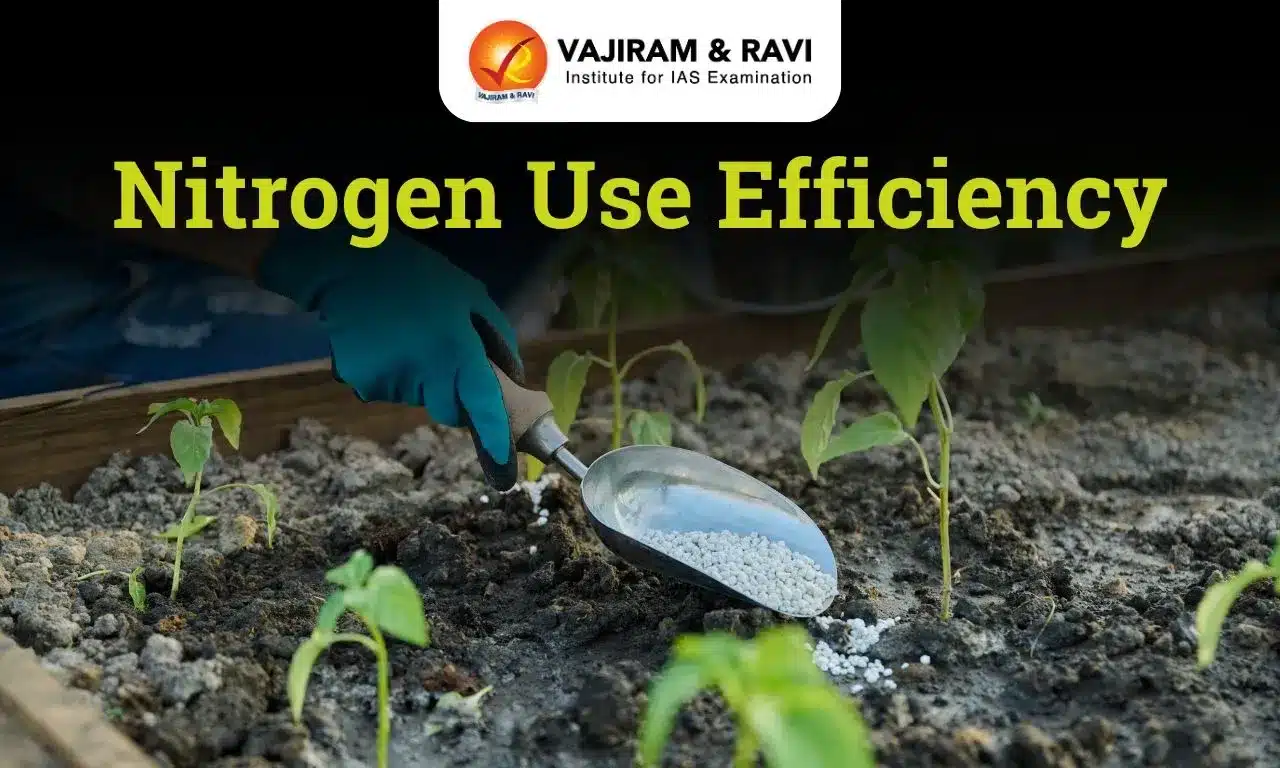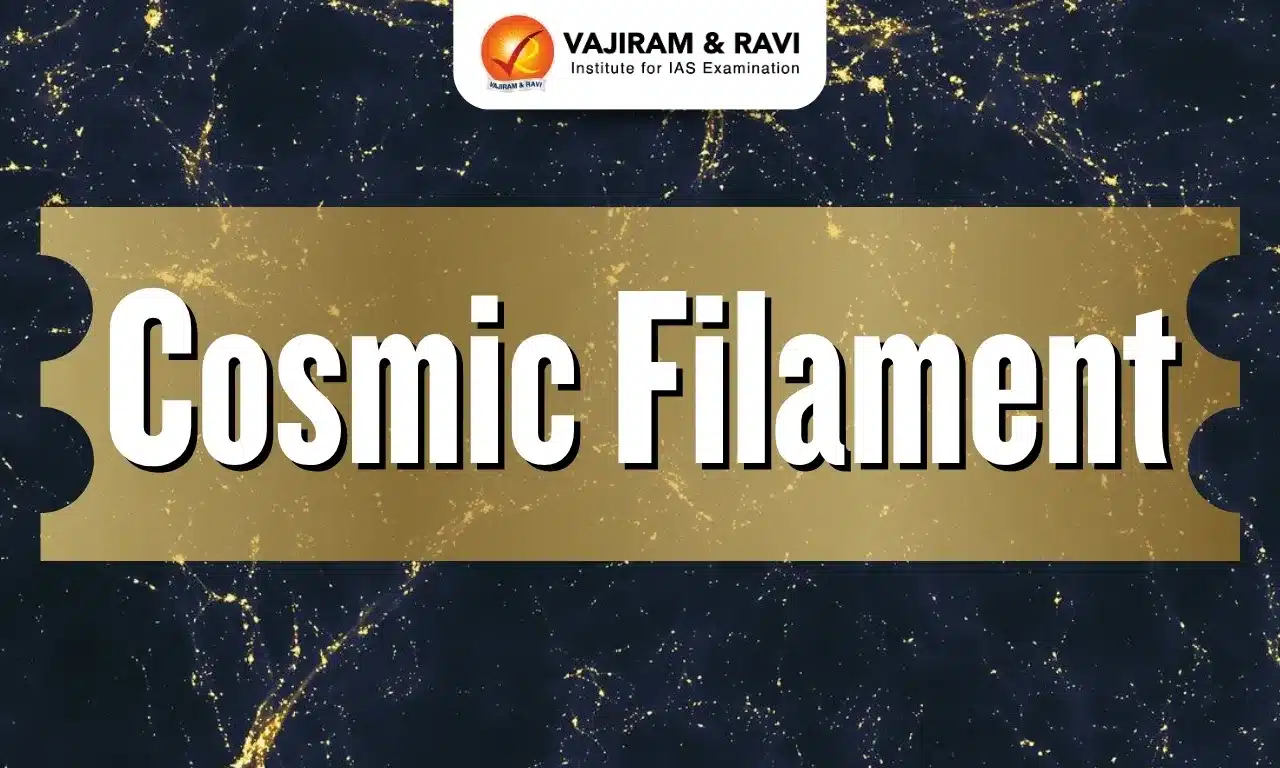About Nitrogen Use Efficiency:
- It is a term that is used to describe the efficiency of a plant in using applied or fixed nitrogen for biomass production.
- It is further defined as the ratio between crop yield and the amount of nitrogen absorbed from the soil through roots or from the atmosphere through fixation by bacteria.
- NUE is an important trait in crop breeding programs, which aims to improve crop yield while reducing input costs, such as fertilizers, and at the same time keeping nitrogen out of the environment.
- Issues with Traditional methods
- It is used to enhance NUE which often involve the application of inorganic nitrogen fertilizers. These practices, while effective, come with significant drawbacks.
- They can lead to increased operational costs for farmers and contribute to environmental issues, such as the emission of nitrogen oxides (NOx) during fertilizer production. Excessive use of these fertilizers also contributes to global greenhouse gas emissions.
Highlights of the study
- The recent study highlights a novel approach to improving NUE by focusing on the systemic regulation of Nitrogen Oxide (NO) levels in plants.
- By modulating these levels, researchers can influence the activity of high-affinity nitrate transporters (HATs), which play a vital role in nitrogen uptake.
- This method diverges from traditional practices, offering a more sustainable solution to enhance crop yields while reducing nitrogen inputs. As the world faces challenges related to food security, this research provides a promising pathway for developing more efficient agricultural practices.
Significance of Nitric oxide (NO)
- It plays a pivotal role in regulating various physiological processes in plants.
- It is involved in the activation of high-affinity nitrate transporters, which are crucial for nitrogen uptake, especially under low nitrogen conditions.
Q1. What is Liquid Nitrogen?
It is an inert, colorless, odorless, noncorrosive, nonflammable, and extremely cold element. It is a cryogenic liquid (Cryogenic liquids are liquefied gases that have a normal boiling point below –130°F (–90°C).
Source: PIB
Last updated on November, 2025
→ Check out the latest UPSC Syllabus 2026 here.
→ Join Vajiram & Ravi’s Interview Guidance Programme for expert help to crack your final UPSC stage.
→ UPSC Mains Result 2025 is now out.
→ UPSC Notification 2026 is scheduled to be released on January 14, 2026.
→ UPSC Calendar 2026 is released on 15th May, 2025.
→ The UPSC Vacancy 2025 were released 1129, out of which 979 were for UPSC CSE and remaining 150 are for UPSC IFoS.
→ UPSC Prelims 2026 will be conducted on 24th May, 2026 & UPSC Mains 2026 will be conducted on 21st August 2026.
→ The UPSC Selection Process is of 3 stages-Prelims, Mains and Interview.
→ UPSC Result 2024 is released with latest UPSC Marksheet 2024. Check Now!
→ UPSC Prelims Result 2025 is out now for the CSE held on 25 May 2025.
→ UPSC Toppers List 2024 is released now. Shakti Dubey is UPSC AIR 1 2024 Topper.
→ UPSC Prelims Question Paper 2025 and Unofficial Prelims Answer Key 2025 are available now.
→ UPSC Mains Question Paper 2025 is out for Essay, GS 1, 2, 3 & GS 4.
→ UPSC Mains Indian Language Question Paper 2025 is now out.
→ UPSC Mains Optional Question Paper 2025 is now out.
→ Also check Best IAS Coaching in Delhi

















